If you’re unfamiliar with the vegetable planting schedule, you’ll have difficulty understanding it. Understanding when to sow and harvest is the key to getting the most out of your vegetable garden in the USA and ensuring you don’t miss out on producing your favorite delicacies. You can experiment with seed-starting fruits and vegetables when you get more familiar with your plot. Let’s check out the Vegetable planting calendar in the USA below.
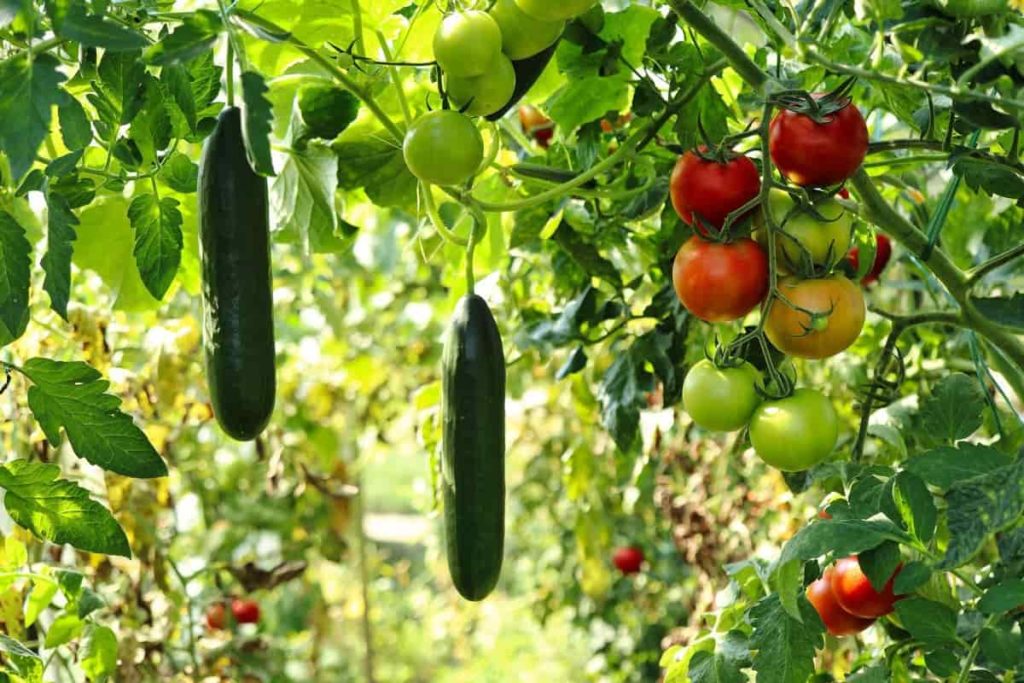
This is far more cost-effective than purchasing plug plants from a garden center. Unless you’ve missed the planting season or are a novice gardener, this is OK. Before picking up a trowel, It is recommended that you grab a notebook and paper and scribble down all of your thoughts. Make a list of your favorite vegetables, even if it seems apparent. Kitchen garden ideas aren’t worth much unless you like eating them and consistently include them in your meals.
After that, consider when to plant the seeds and how to care for them from planting to harvest. Even if some of your crops don’t turn out as you had hoped, you may try the following year again by referring to the planting calendar in this article. Where should you begin if you want to produce your food, but you’ve never done it before, particularly if you’re a novice gardener? There is an incredible diversity in the kinds of vegetables that can be grown. In addition, not everyone has the same opportunities for physical development.
You are in luck since you can choose our vegetable planting calendar for the US, which will assist you in determining what to plant and when to grow your food effectively. Below we will discuss what the USDA hardiness zones are and how to use them, how to determine what your hardiness zone is, when to start planting in the USA, what is a planting calendar and how to use a planting calendar, and a seasonal vegetable planting guide for USA, and a detailed vegetable planting calendar/guide for USA.
In case you missed it: Vegetable Farming In Karnataka – Planting Calendar
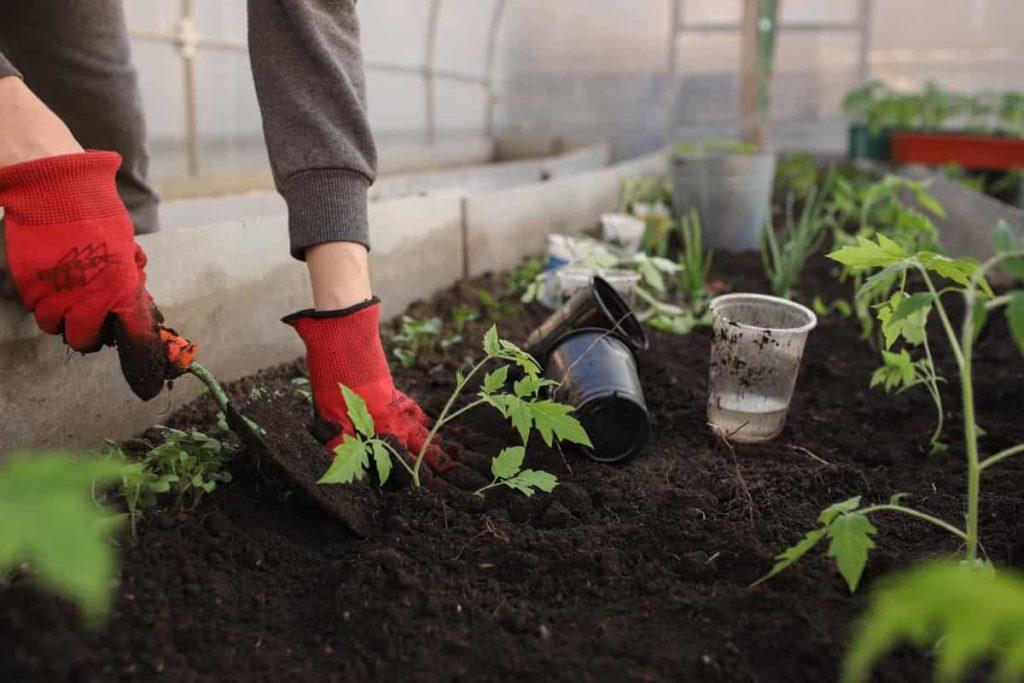
What are USDA hardiness zones/planting zones?
Determining the planting zone where you live is one of the first things you will need to do if you intend to grow your food. A planting zone, also known as a hardiness zone, is a geographic area that can support the growth of certain plants due to the climatic circumstances of the region. The Plant Hardiness Zone Map published by the USDA is responsible for standardizing planting zones in the United States.
On this map, the United States is broken into zones of ten degrees, each determined by the yearly lowest temperature on average. There are ten primary zones in the United States continental portion; Puerto Rico and Hawaii each have three extra zones. You can identify your planting zone by consulting the planting zone map. Be aware that you could be utilizing information that is no longer accurate if you study an older gardening book or magazine that refers to the USDA zone map.
The zone map was revised in 2012 to reflect improved data-gathering techniques for temperature between 1976 and 2005. However, it does not consider the changes in the climate that have taken place since 2005. Therefore, you will still need discretion when determining the appropriate time to set certain plants in the ground. Even though it was developed in the United States, this method of determining planting zones is used all over the globe.
In addition, the Royal Horticulture Society of the United Kingdom has developed its way. They apply their hardiness ratings to USDA zones six through thirteen, and they employ these zones. The lowest temperature that other nations experience throughout the winter may be used to determine their hardiness zone by comparing it to the map that the USDA has created. After you have identified the planting zone where you live, the next step is to decide what plants are appropriate for that zone.
Know your hardiness zone
The USDA Plant Hardiness Zone Map determines which plants will thrive in a given location. The map is constructed using data from each region’s average annual lowest winter temperatures and is separated into thirteen different zones of 10 degrees Fahrenheit, each further subdivided into subzones of 5 degrees Fahrenheit. The majority of plants that you purchase will have a hardiness zone number stamped on their tag. The label will specify the regions of the United States where the plant can flourish.
In case you missed it: Vegetable Planting Chart/Calendar in India
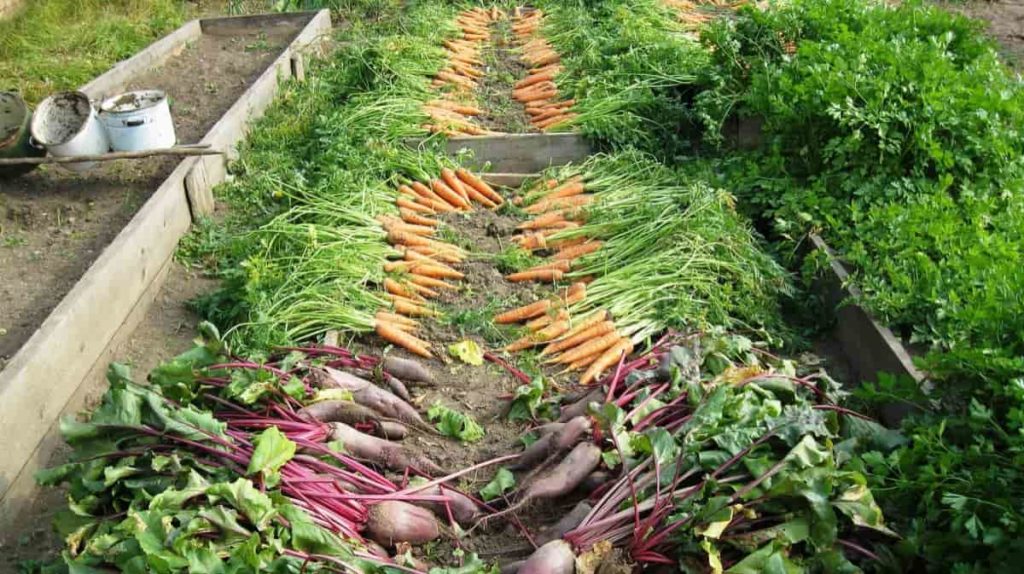
How to make use of your hardiness/planting zone?
Because perennial plants are intended to survive for more than just one growing season, gardeners who grow them will find planting zones the most helpful gardening tool. Because perennials need to last the winter in your region, it is necessary to accurately understand how cold it generally gets there and whether or not a specific plant is hardy enough to endure those temperatures.
Perennial flowers, shrubs, and trees will thrive when planted in the correct zone and provide the most satisfactory results. You’ll discover that most winter damage happens when plants are grown in conditions outside their “comfort zone.” It is important to avoid picking plants that are just moderately hardy for your location when selecting plants for a garden or landscape. If you do this, you will observe winter damage, poor development, and a decline in blooming.
The best method to ensure a healthy garden is to populate it with plants that are local to the area. Native plants grow naturally in your region. Therefore, it is only natural that they would flourish in their native environment. When growing annual plants, such as most vegetables and certain flowers, it’s essential to pay special attention to specifics like growth season length and first and last frost dates. Planting zones are not necessary when dealing with annuals since they are only intended to survive for the duration of one growing season.
What is a planting calendar?
A planting calendar, often known as a planting timetable, provides information on when to plant several things throughout the year based on where you live. Most planting calendars use frost dates (the final spring frost and the first autumn frost), which offer direction on whether to sow seeds inside or outside, as well as when to place those seeds in the ground or transfer seedlings. In the following parts, you’ll learn how to use a planting calendar and decide what to plant and when to plant it.
When to start planting in the USA?
Your planting zone, the crop’s optimal season, and the period will dictate when to sow seeds. Planting should occur in most zones throughout the spring or early autumn. However, certain crops, such as potatoes and other tubers, are more resistant to the cold. In some regions, you may be able to keep these veggies alive throughout the winter if you cover them with mulch before the season’s first frost.
In case you missed it: Vegetable Gardening Tips (Planting), and Techniques
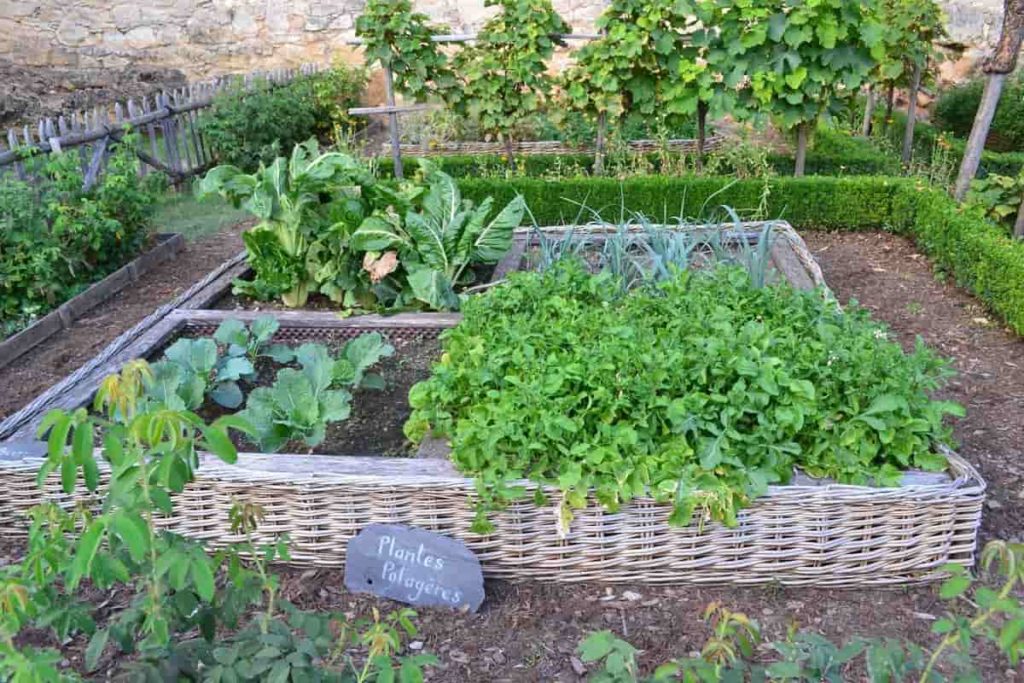
Additionally, some fruits and vegetable plantings can occur in the summertime if they thrive in warm climates. If they haven’t already been opened, many seed packages provide hardiness zones, when to plant and harvest, and other essential growth information that may help you plan your planting schedule.
The time required to cultivate vegetables varies, but the process typically takes a few weeks and a few months to complete. Planting seeds as soon as possible is always the ideal option if your objective is to produce enough food to feed your family regularly and sustainably. If you pay attention to the instructions that come with the seed, you may ensure that you have the most extended growth season possible.
Vegetable planting calendar in the USA
For people who are in zones 1 to 6
| Vegetables | This long before planting, start plants | Zone 1 | Zone 2 | Zone 3-4 | Zone 5-6 | Harvest time (in days) |
| Carrots | Jan to June | March to July 12 | Mid-April to mid-June | Mar 25 to April 10, Sep 15 to 30 | 70 to 80 | |
| Cantaloupes | Four weeks | Not suitable | May | Mid-May to June | May 10 to 20 | 75 to 90 |
| Cabbage | Six weeks | Jan – April, July – Sep | Apr to Jun | April to May | Apr 1 to 25, Sep 20 to 30 | 65 to 80 |
| Brussel sprouts | Six weeks | May to Jun | May to July | Mid-April to June 1 | ||
| Broccoli | Six weeks | May to Jun | Mar to Aug | Mid-April to June 1 | Mar 25 to Apr, Sep 20 to 30 | 60 to 80 |
| Beets | Mar to June | Mar to June | Mid-April to June 1 | Apr 1 to 15 | 55 to 65 | |
| Snap beans | May to Jun | May to July | Mid-May to July 1 | May 10 to 20 | 50 to 60 | |
| Lima beans | not suitable | May to June | Mid-May to mid-June | May 10 to 25 | 65 to 75 | |
| Asparagus | One year | Mar to Apr | Feb to March | Apr 15 to May 1 | Apr 5 to 25 | |
| Artichokes | Aug to Oct | Aug to Nov | ||||
| Kale | May to Jul | May to Jul | Mid-April to mid-July | Mar 25 to Apr 5 | 50 to 70 | |
| Garlic | Sep to Oct | Sep to Feb | Oct to Nov 1 | |||
| Endive | Six weeks | Mar to Jul | April to mid-Aug | Mid-April | ||
| Eggplants | Nine weeks | Not suitable | May | Early June | May 15 to 25 | 70 to 90 |
| Dill | May | May | ||||
| Cucumbers | Four weeks | April to Jun | May to Jun | May to mid-Jun | May 10 to 30 | 60 to 65 |
| Sweet Corn | Apr to May | Apr to Jun | 80 to 100 | |||
| Chives | 6 weeks | Apr to May | Mar to May | |||
| Chinese cabbage | Four weeks | Jul to Aug | Aug | Early July | ||
| Chard | Feb to May | Apr to Jul | Early may | |||
| Celery | 9 weeks | Mar to Jun | Mar to July | Mid May | ||
| Cauliflower | 6 weeks | Jan and Jun | Apr to mid-July | Mid-May | Apr 1 to 20, Sep 20 to 30 | 55 to 60 |
| Sweet potatoes | 6 weeks | Not suitable | Not suitable | Early June | Mid-May to June 5 | 90 to 150 |
| Peppers | 10 weeks | May | May to June | Early June | Mid-May to May 30 | 65 to 80 |
| Peas | Jan to Aug | Feb to May | Apr 10 to mid-May | Mar 20 to Apr 10 | 60 to 80 | |
| Parsnips | May to June | Apr to May | May 1 to May 15 | |||
| Parsley | 10 weeks | Dec to May | Mar to June | Apr 15 to May 1 | ||
| Onions | 10 weeks | Jan to May | March to May | Mid-April | Mar 20 to mid-Apr, Sep 1 to Dec 31 | 100 to 120 |
| Okra | 8 weeks | Not suitable | Not suitable | Early June | May 10 to May 25 | 55 to 60 |
| Lettuce | 5 weeks | Feb to July | Apr to July | Mid-April to mid-Aug | Apr to mid-May, Sep 1 to 15 | 60 to 85 |
| Leeks | Feb to Apr | March to May | ||||
| Kohlrabi | Jul to Aug | Apr to Aug 15 | Mid-Apr to mid-June | Early Apr, Late Sep | ||
| Watermelons | 4 weeks | Not suitable | may | Mid-May to June 1 | May 10 to 12 | 80 to 90 |
| Turnips | Jan and Aug | Apr to Sep | Mid-April and early Aug | March 25 to May, Early Aug to Sep 20 | 45 to 65 | |
| Tomatoes | 8 weeks | May to Jun | may | May 15 to June 1 | May 15 to 30 | 70 to 85 |
| Summer squash | 4 weeks | May | May to Jun | May 10 to June 1 | Mid-May to 30 | 50 to 55 |
| Winter squash | 4 weeks | may | may | May 10 to early Jun | Mid-May to 30 | 85 to 90 |
| Spinach | Aug to Feb | April or Sep | Mid-April, Aug 1 to 15 | Apr 1 to 20 Aug 10 to Sep 25 | 40 to 45 | |
| Rutabagas | Jun to July | Jun to July | May 15 to June 15 | |||
| Rhubarb | Dec to Jan | Mar to April | Mid-April to May 1 | |||
| Radish | Year-round | Mar to Sep | Apr 10 to Jun 1, Aug 1 to 15 | Mar 25 to May 1, Aug 1 to 25 | 25 to 30 | |
| Pumpkins | May | may | Mid-Apr to June 1 | May 15 to 30 | 85 to 90 | |
| White potatoes | Feb to May | Apr to Jun | Mid-Apr to mid-Aug | Apr 1 to 15 | 70 to 90 |
In case you missed it: Date Palm Cultivation In Rajasthan, Planting
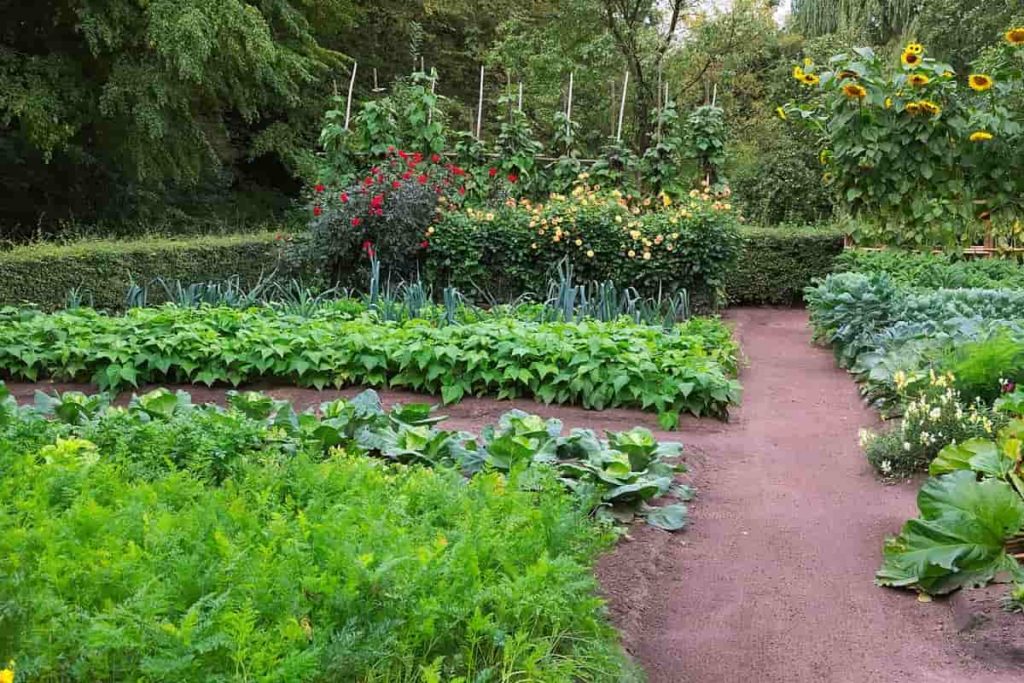
For people who are in zone 6 to 10
| Vegetables | This long before planting, start plants | Zone 5, 6 | Zone 7, 8 | Zone 9 | Zone 10 | Harvest time |
| Carrots | Mar 25 to Apr 10, Sep 20 to 30 | Mid Jan to Mar 25, Aug 20 to mid-Sep | Sep to Mar | Oct to Mar | 70 to 80 | |
| Cantaloupes | 4 weeks | May 10 to 20 | Mar 25 to Apr 20 | Mar to Apr | Feb to Apr | 80 to 90 |
| Cabbage | 6 weeks | Apr 1 to 20, Sep 20 to 30 | Mid-Jan to Mar 25, Aug 20 to mid-Sep | Sep to Feb | Sep to Jan | 65 to 90 |
| Brussel sprouts | 6 weeks | Mid-Jan to mid-Mar, Mid Aug to Oct 1 | Sep to Nov | Oct to Nov | ||
| Broccoli | 6 weeks | Mar 25 to Apr 5, Sep 25 to 30 | Mid-Feb to mid-Mar, Aug 1 to Sep 1 | Aug to Feb | Aug to Jan | 60 to 80 |
| Beets | Apr 1 to 15 | Mid-Feb to mid-Mar, Aug 1 to Sep 1 | Sep to Mar | Oct to Mar | 55 to 65 | |
| Snap beans | May 10 to 20 | Apr 1 to May 1, Mid-July to Aug 10 | Mar to Apr, Aug to Sep | Feb to Apr, Aug to Sep | 50 to 65 | |
| Lima beans | May 10 to 25 | Apr 1 to June 1 | Mar to Aug | Feb to Apr | 65 to 80 | |
| Asparagus | 1 year | Apr 5 to 30 | Mid Jan to mid-Mar, Nov and Dec | 2nd season | ||
| Kale | March 20 to Apr 5 | Feb 1 to Mar 10, Aug 15 to 30 | Sep to Feb | Sep to Jan | 50 to 75 | |
| Garlic | – | – | – | – | – | – |
| Endive | 6 weeks | Feb to Mar, Sep | Jan to Feb, Sep | |||
| Eggplants | 9 weeks | May 15 to 25 | Apr to mid-May, July 10 to 15 | Feb to Jul | Jan to Mar, Aug to Sep | 70 to 90 |
| Dill | – | – | – | – | – | – |
| Cucumbers | 4 weeks | May 10 to 30 | Apr to mid-May, Aug 20 to Sep 1 | Feb to Apr, Aug to Sep | Feb to Mar, Sep | 60 to 70 |
| Sweet Corn | May 1 to Jul 20 | Mid-Feb to Apr 1, Aug 1 to Sep 20 | Mar to Apr, Aug | Feb to Mar, Aug to Sep | 80 to 100 | |
| Chives | 6 weeks | – | – | – | – | – |
| Chinese cabbage | 4 weeks | Oct to Feb | Oct to Jan | |||
| Chard | – | – | – | – | – | – |
| Celery | 9 weeks | Jan to Mar | Aug to Feb | |||
| Cauliflower | 6 weeks | Apr 1 to 20, Sep 20 to 30 | Mar to Apr, Aug to Sep | Jan to Feb, Aug to Oct | Oct to Jan | 55 to 65 |
| Sweet potatoes | 6 weeks | Mid-May to June 5 | Mid-Apr to mid-Jun | Mar to Jun | Feb to Jun | 90 to 150 |
| Peppers | 10 weeks | May 15 to 30 | Apr to June | Feb to Apr, Jul to Aug | Jan to Mar, Aug to Sep | 65 to 80 |
| Peas | Mar 25 to Apr 10 | Mid-Jan to mid-Feb | Mar to Aug | Mar to Sep | 60 to 80 | |
| Parsnips | – | – | – | – | – | – |
| Parsley | 10 weeks | Sep to Mar | Oct to Feb | |||
| Onions | 10 weeks | Mar 25 to mid-Apr, Sep 1 to Dec 31 | Jan to mid-Mar, Sep to Dec | Sep to Dec | Sep to Dec | 100 to 120 |
| Okra | 8 weeks | May 10 to 25 | Apr to Jun, Mid-June to July | Mar to July | Mar to Aug | 55 to 65 |
| Lettuce | 5 weeks | Apr to mid-May, Sep 1 to 15 | Mid-May to early June, June 1 to July 25 | Feb to Mar, Sep to Oct | Sep to Mar | 60 to 90 |
| Leeks | Sep to Mar | Sep to Feb | ||||
| Kohlrabi | Early April, late Sep | Sep to Mar | Oct to Mar | |||
| Watermelons | 4 weeks | May 10 to 12 | Mar 25 to May 1 | Mar to Apr, July to Aug | Jan to Mar, Aug | 80 to 90 |
| Turnips | Mar 25 to May 1, Aug 5 to Sep 20 | Mid-Jan to Mar 1, Sep to Oct | Jan to Apr, Aug to Oct | Jan to Mar, Sep to Oct | 45 to 70 | |
| Tomatoes | 8 weeks | May 15 to 30 | Mar 25 to May 5 | Feb to Apr, Aug | Sep, Jan to Mar | 70 to 85 |
| Summer squash | 4 weeks | May 15 to 30 | Apr to mid-May, Aug 1 to 15 | Mar to Apr, Aug to Sep | Feb to Mar, Aug to Sep | 50 to 60 |
| Winter squash | 4 weeks | May 15 to 30 | Apr to Aug | Mar to Aug | Feb to Mar, Aug | 85 to 90 |
| Spinach | Apr 1 to 20, Aug 10 to Sep 20 | Mid Jan to mid-Mar, Sep to mid-Oct | Oct to Nov | Oct to Nov | 40 to 50 | |
| Rutabagas | – | – | – | – | – | – |
| Rhubarb | – | – | – | – | – | – |
| Radish | Mar 25 to May 1, Aug 1 to 20 | Mid Jan to Apr 1,Sep to mid-Oct | – | – | 25 to 30 | |
| Pumpkins | May 15 to 30 | Apr to Aug | Mar to Apr, Aug | Feb to Mar, Aug | 85 to 90 | |
| White potatoes | Apr 1 to 15 | Mid Jan to Mar | Jan to Mar | Jan to Feb | 70 to 90 |
Conclusion
Where you reside is the most critical factor when deciding when and what to plant. Use the planting calendar that works best for you when planning your garden. You can either give one of the ways that can be done online or with pen and paper a try, or you can come up with your own. Just remember that striving for perfection shouldn’t be at the expense of doing what’s good. Don’t allow the fact that you can’t accomplish everything you want to or that the time isn’t ideal to prevent you from trying to grow some vegetables.
In case you missed it: How To Start Jade Planting, Tips, and Ideas
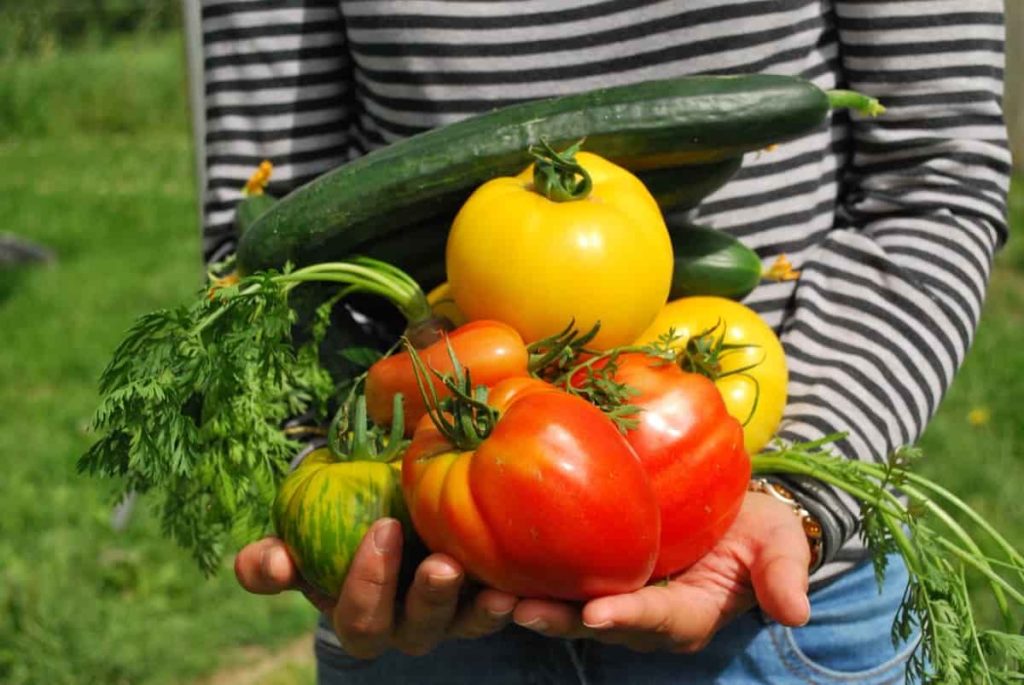
Keep in mind that cold will destroy most of the plants. In harsh winter areas, don’t plant too late. Now that you know when to start your vegetables choose the best time to start your vegetables. Start planting vegetables in your backyard, balcony, containers, or any other place and take care of them. In no time, you will get a healthy and quality bountiful harvest. Cheers to the vegetables and fruits that resulted from your hard work! And now you also know that gardening is fun.
- Types of Pesticides Used in Agriculture: A Beginner’s Guide
- Economical Aquaculture: A Guide to Low-Budget Fish Farming
- 15 Common Planting Errors That Can Doom Your Fruit Trees
- How to Make Houseplants Bushy: Effective Tips and Ideas
- Innovative Strategies for Boosting Coconut Pollination and Yield
- Pollination Strategies for Maximum Pumpkin Yield
- The Complete Guide to Chicken Fattening: Strategies for Maximum Growth
- Natural Solutions for Tulip Problems: 100% Effective Remedies for Leaf and Bulb-Related Issues
- Revolutionizing Citrus Preservation: Towards a Healthier, Greener Future
- Natural Solutions for Peony Leaf and Flower Problems: 100% Effective Remedies
- Maximizing Profits with Avocado Contract Farming in India: A Comprehensive Guide
- Natural Solutions for Hydrangea Problems: 100% Effective Remedies for Leaf and Flowers
- The Ultimate Guide to Choosing the Perfect Foliage Friend: Bringing Life Indoors
- From Sunlight to Sustainability: 15 Ways to Use Solar Technology in Agriculture
- The Ultimate Guide to Dong Tao Chicken: Exploring from History to Raising
- The Eco-Friendly Makeover: How to Convert Your Unused Swimming Pool into a Fish Pond
- Mastering the Art of Delaware Chicken Farming: Essentials for Healthy Backyard Flocks
- 20 Best Homemade Fertilizers for Money Plant: DIY Recipes and Application Methods
- How to Craft a Comprehensive Free-Range Chicken Farming Business Plan
- Brighten Your Flock: Raising Easter Egger Chickens for Beauty and Bounty
- How to Optimize Your Poultry Egg Farm Business Plan with These Strategies
- Subsidy for Spirulina Cultivation: How Indian Government Schemes Encouraging Spirulina Farmers
- Ultimate Guide to Raising Dominique Chickens: Breeding, Feeding, Egg-Production, and Care
- Mastering the Art of Raising Jersey Giant Chickens: Care, Feeding, and More
- Ultimate Guide to Raising Legbar Chickens: Breeding, Farming Practices, Diet, Egg-Production
- How to Raise Welsummer Chickens: A Comprehensive Guide for Beginners
- How to Protect Indoor Plants in Winter: A Comprehensive Guide
- Ultimate Guide to Grow Bag Gardening: Tips, Tricks, and Planting Ideas for Urban Gardeners
- Guide to Lotus Cultivation: How to Propagate, Plant, Grow, Care, Cost, and Profit
- Agriculture Drone Subsidy Scheme: Government Kisan Subsidy, License, and How to Apply Online
- Ultimate Guide to Raising Araucana Chickens: Breed Profile, Farming Economics, Diet, and Care
- Bringing Hydroponics to Classroom: Importance, Benefits of Learning for School Students
- Ultimate Guide to Raising Polish Chickens: Breed Profile, Farming Economics, Diet, and Care
- Ultimate Guide to Raising Australorp Chickens: Profile, Farming Economics, Egg Production, Diet, and Care
- Silkie Chicken Farming: Raising Practices, Varieties, Egg Production, Diet, and Care
- Sussex Chicken Farming: Raising Practices, Varieties, Egg Production, Diet and Care